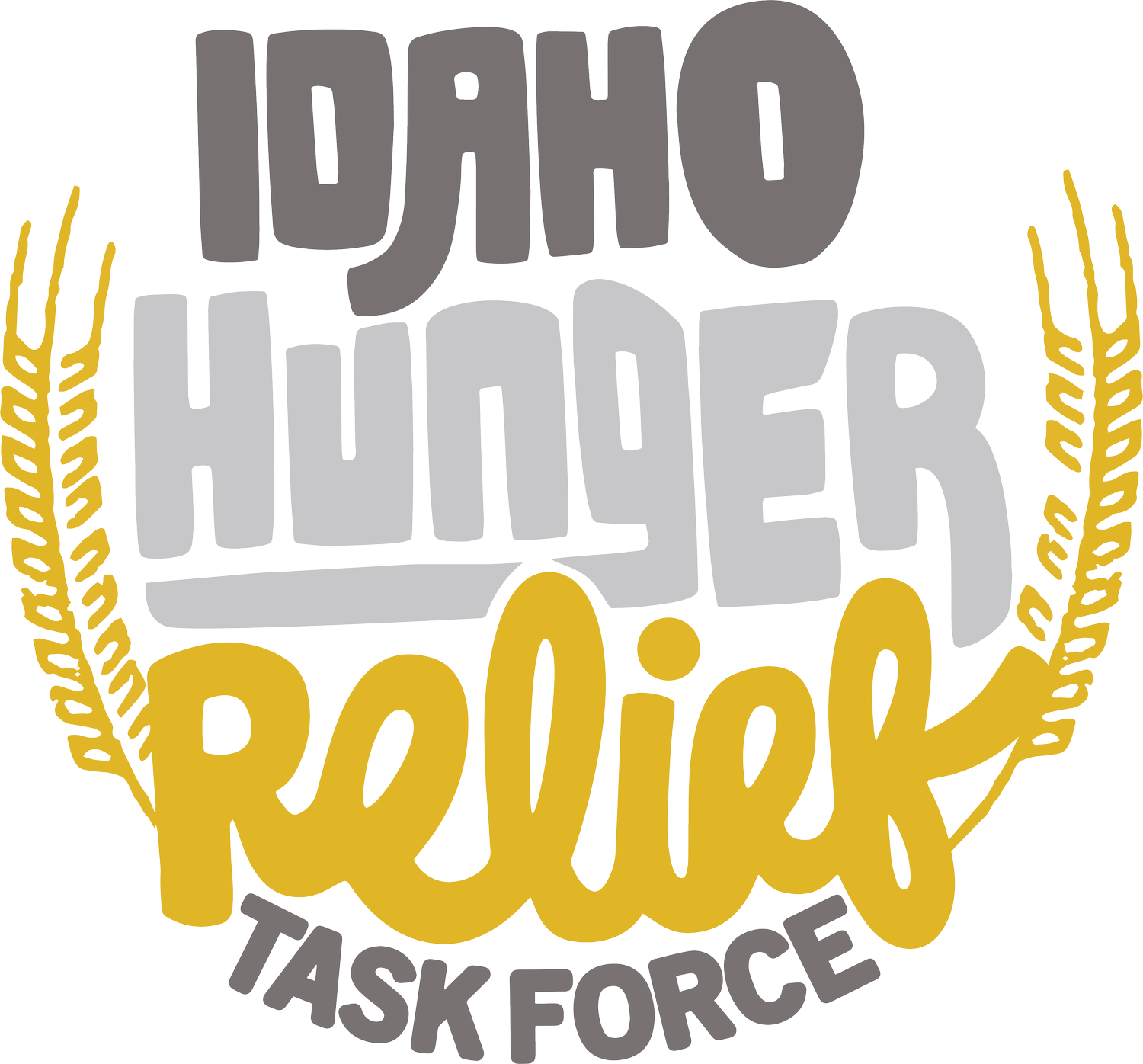Hunger in Idaho
In Idaho 1 in 10 people Live in poverty
Over 60,000 children face food insecurity
Poverty Rates by County
Families and individuals living in rural poverty have unique factors contributing to their risk for food insecurity. There is a more intensive stigma associated with using supplemental food programs. Those willing to take advantage of food banks find limited options because the local resources that typically provide food donations are limited. To apply for supplemental food benefits, these Idahoans typically must travel hundreds of miles to the nearest SNAP or WIC office.
In 2022 the rate of poverty in Idaho was 11%. The counties with the highest rates of poverty were:
Madison County - 30%
Butte County - 22%
Boundary County - 19%
Rural vs. Urban Food Insecurity
Rural communities face challenges such as geographical isolation, transportation, supply chains, lack of capacity, cultural differences, and stigma related to self-sufficiency mindsets and lack of anonymity. Urban communities face intersectional challenges such as cost of living and housing, public transportation, and stigma related to marginalized identities and negative vendor-client interactions.
IHRTF research performed in collaboration with graduate students of the Bosie State University MPA Program, found that best practices in food assistance programs most cited were:
Collaboration and coalition building
Closely coordinated statewide policy agendas
Simplified application processes
Humanizing the issue of hunger for more effective advocacy and outreach
Idahoans at higher risk for food insecurity
Some specific groups of Idahoans are at a higher risk for food insecurity. This includes Native Americans, new Americans, seniors, and university students.
Native
Americans
35,385 Native Americans from 5 tribes live in Idaho
Shoshone-Bannock Tribe
Shoshone-Paiute Tribe
Coeur d’Alene Tribe
Kootenai Tribe
Nez Perce Tribe
New
Americans
1,000 refugees resettle in Idaho every year. They often flee poverty and arrive with nothing.
Most come from: Iraq, Afghanistan, Democratic Republic of the Congo.
Idaho
Seniors
420,000 Idahoans are 6o years or older. Poverty and food insecurity are serious problems among seniors.
64% of those eligible for SNAP are not receiving these benefits.
University Students
15 institutes of higher education in Idaho, 11 offer 4-year degrees. Rising rates of tuition, meal plans, and so much more put college students at a consistent and immense financial burden.
SNAP and WIC in Idaho
The Supplemental Nutrition Assistance Program (SNAP) and Women, Infants and Children (WIC) are federal programs that provide food benefits to low-income families. The IHRTF SNAP/WIC Engagement Team works to help eligible Idahoans learn how to apply for these vital benefits.
Sources updated 4/2024
Northwest Center for Public Health Practice, www.nwcphp.org/docs/tribes-toolkit/tribal/idaho.html
Idaho Food Bank, idahofoodbank.org/our-impact/rural-and-focus-communities
Idaho Office of Refugees, www.idahorefugees.org
US Census, 2022. www.uscensus.gov
Sharareh et al. Food Insecurity Disparities Among Immigrants in the U.S., 2023
Reader et al. Food Insecurity Among a Cohort of Division I Student-Athletes. 2022
Reader et al. Running on Empty: Addressing Food Insecurity Among Student-Athletes, 2024






